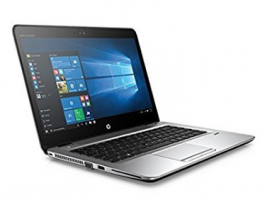


The Pentium Dual-Core brand has been discontinued in early 2010 and replaced by the Pentium name. List of Intel Pentium Dual-Core microprocessors Some processors were sold under both names, but the newer E5400 through E6800 desktop and SU4100/T4x00 mobile processors were not officially part of the Pentium Dual-Core line. Throughout 2009, Intel changed the name back from Pentium Dual-Core to Pentium in its publications.

A single-core Conroe-L with 1 MB cache was deemed as not strong enough to distinguish the planned Pentiums from the Celerons, so it was replaced by dual-core central processing units (CPU), adding "Dual-Core" to the line's name. The identification numbers for those planned Pentiums were similar to the numbers of the latter Pentium Dual-Core microprocessors, but with the first digit "1", instead of "2", suggesting their single-core function. In 2006, Intel announced a plan to return the Pentium trademark from retirement to the market, as a moniker of low-cost Core microarchitecture processors based on the single-core Conroe-L but with 1 MB of cache.


 0 kommentar(er)
0 kommentar(er)
